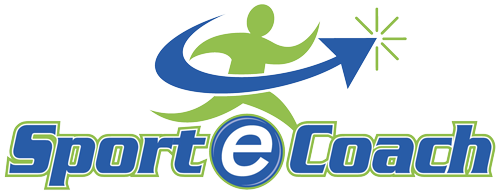This fortnight I have included an article titled ‘ACTIVITY OF SHOULDER STABILIZERS AND PRIME-MOVERS DURING AN UNSTABLE OVERHEAD PRESS’ from the National Strength and Conditioning Association which was published in the latest issue of the Journal of Strength and Conditioning Research.
The purpose of this study is to compare muscle activity of the shoulder stabilizers and prime movers and excursions of the center of pressure (CoP) during the OHP in 2 unstable and one stable condition.
Twelve men pressed 50% of their 1 repetition maximum for 10 repetitions over 3 conditions: a straight stable barbell (SS), a straight unstable (SU) barbell with kettlebells suspend by elastic bands, and an unstable Earthquake (EQ) bar with kettlebells suspended by elastic bands.
Activity of the shoulder stabilizers and prime movers were measured via electromyography. Center of pressure excursion of the right foot was also measured. A multivariate analysis was used to determine significant differences between conditions.
Pressing with the Earthquake bar (EQ) increased activation of the biceps brachii, erector spinae, latissimus dorsi, pectoralis major, rectus abdominus, rhomboids, and serratus anterior over the SS condition, whereas only the SU condition increased activation in the erector spinae and latissimus dorsi muscles.
The EQ condition produced greater CoP excursion (35.3 6 7.9% foot length) compared with the SU (28.0 6 7.2% foot length) and SS (22.2 6 6.3% foot length) conditions. Therefore, the EU condition may be an effective exercise to activate scapular stabilizers.
Click the link below to download and let me know what you think!
Exercise profile – Jefferson curl + rotation
I use this exercise most days to improve lumbar spine range of motion & reduce QL tightness.
Infographic – the relationship between agonist & antagonist activation relative to training age

This graphic shows that, regardless of training age, agonist activation is similar.
However, those with a greater training age tend to demonstrate a reduced activation of the antagonist muscle, indicating better neuromuscular coordination.
Sport-e-coach India tour – March 2020
I am bringing 3 of my courses to India in March 2020 for a series of 3 x 2-day workshops.
Check out the brochure page with all the details at:
https://www.sportecoach.com.au/strength-conditioning-india-tour-2020/
